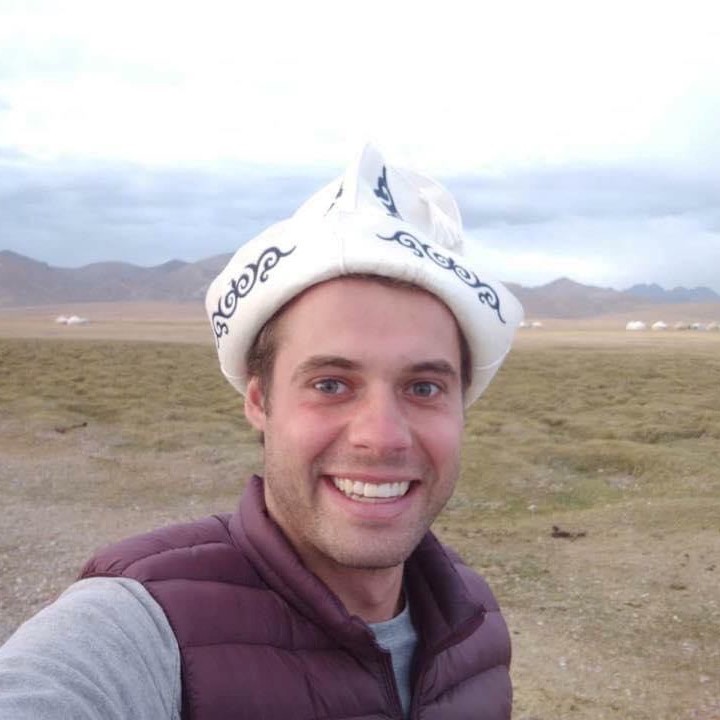We love a land border crossing, and with the way the world is going, interesting or difficult land border crossings are slowly becoming a distant memory. Land border crossings previously could take hours and in some places still do, mostly Turkmenistan and many African countries.
We recently crossed from Cabinda, Angola to Pointe Noire, Republic of Congo and here is our experience and guide on what you need to do for a smooth border crossing.
Getting from Cabinda city to the border
It takes approximately two to two and half hours to get from Cabinda to the border at Massabi. On the way you can expect a few check points which are very quick. They will have a quick look at your passport and maybe check your bags. The police are very nice and friendly are interested to see foreigners that are travellers and not working in oil and gas.
Private transfers are fairly cheap, we paid 40,000 AOA for the 2-hour transfer in a 4wd which is roughly €33. Pretty good deal for a 2 hour + ride if you ask us. You can also get local taxis cheaper for about 10,000 AOA, but these will take longer.
Along the way we saw huge queues of people lining up to fill their cars with petrol. Some of the more remote petrol stations will have less people, so your driver may make a quick stop to take advantage of no line.
We left Cabinda at 7am and arrived at the border around 9am.
What do you need to have with you?
You will need the following documents:
- Passport;
- Republic of Congo visa;
- Yello fever vaccination card;
- A photocopy of each of the above items; and
- An exit form (you will be given this at the border and asked to fill it out on the spot).
Note: if you don’t have your items photocopied, there is a photocopy stall at the border that will copy each document for 400 AOA or roughly (€0.30).
Also, even if you have a copy of your yellow fever vaccination card, they will still want to see your physical original yellow fever card.
Do I need to do anything else?
Yes. Once you have given your forms, photocopies you will be asked to wait a little but while they manually write your details in their big book. You will then be bought around to the other side to take a photo. Originally, we thought this would be a serious photo such as for a passport or visa, instead you will be placed in front of a customs sign and then we were instructed to smile and give a thumbs up. Overall it people were really lovely and a little bit funny. They also asked several times if we were tourists, and we absolutely were the only non-African people there.
The locals also had a great time interacting with us and thought it was cool to speak to people from countries they had never met before.
Entering into Republic of Congo
This process is even easier. We had many fears that we were going to be asked for bribes but nothing of the sort happened. Once you exit there is a passport office on the right-hand side, you simply go in, hand over your passport and they will stamp you in. That’s it, nothing else, no questions were asked, and it took all of 2 minutes.
In total, the full crossing, including getting documents copied and filling in forms took about 35 minutes.
Money changing
There will be people asking to change money on both sides. You can change your remaining kwanzas here to Francs, but just remember the rate you will get to change back will be worse than the official rate due to the informal market. Conversely if you change dollars or euros, you will get a better rate because of the same reason.
Transport to Pointe Noire
We had transport arranged for us, however, you can easily find taxis and can negotiate with them to get into Pointe Noire City. You should expect to pay around 15-20,000 CFA from the border to the city.
ATMs
There were ATMs available, however they were not working at the time for both sides and for both CFA and Kwansas, so best to rely on bringing cash and exchanging it.
Other tips
When you arrive to the border you will be swarmed by people wanting to help carry your bags. You can simply tell them no and they will go away. You also have to remember that nothing here is free, so if someone shoes you to the photocopy shop or helps you in any other way, they will expect a small tip. Something in the range of 500-1000 AOA (under €1) will be fine.
It is also important to note, that very little English is spoken at this border, so if you don’t speak Portuguese or French, then having a translator downloaded on your phone is a good idea.
This border is super busy with locals from both sides crossing with huge bundles of goods. People are selling everything you can imagine here and we were offered the following items within a 5 minute time span: meat on a stick, belts, tiger balm, phone cases, onions and catfish.
Note on photography
Best not to take many photos here as the border officials will get very upset and best not to mess with them in anyway. We did get one or two sneaky pics of the chaos though.
Africa is one of the most exciting places you can travel and we have new and exciting African group tour destinations
here on our website.
To join us in Africa send us an email to [email protected] .



